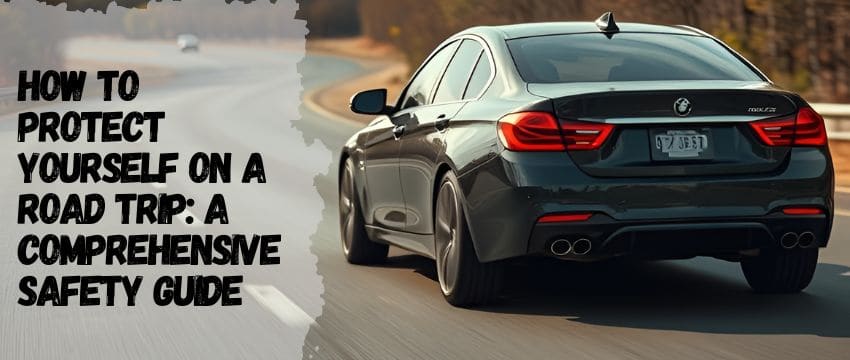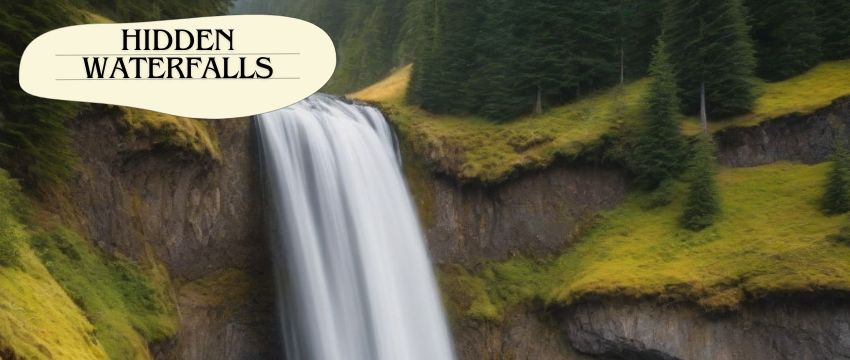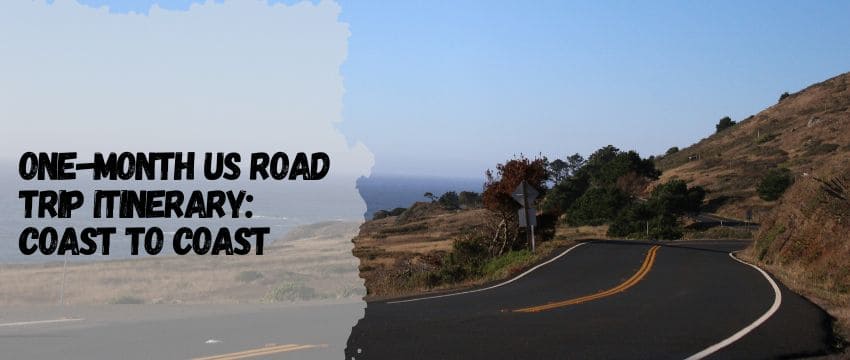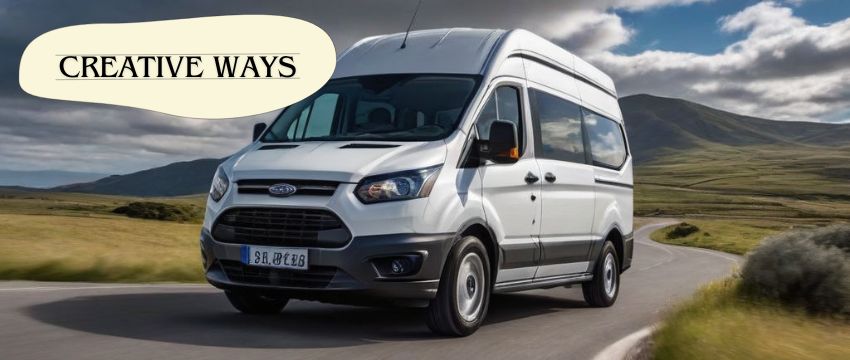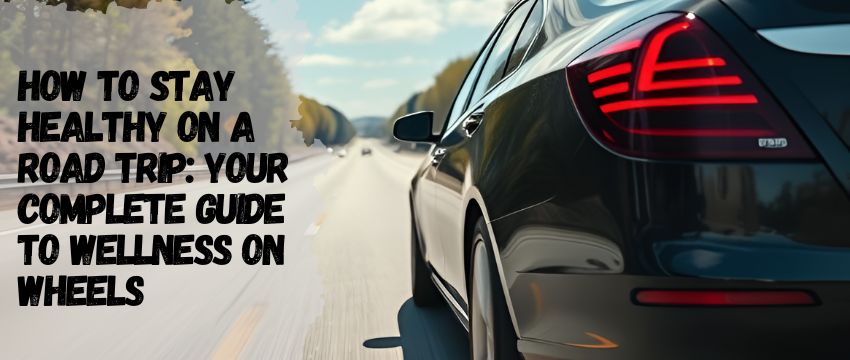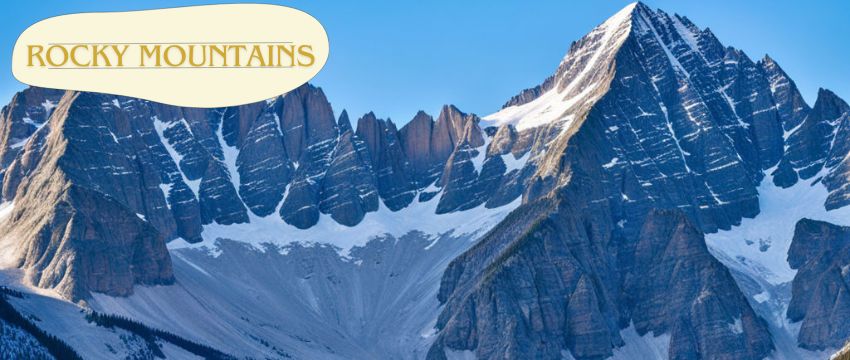Introduction: The Balance Between Adventure and Caution
A road trip symbolizes freedom, discovery, and the thrill of the unknown. But with great adventure comes the responsibility of safeguarding yourself against risks—mechanical failures, unpredictable weather, health emergencies, and even human threats. Whether you’re navigating the deserts of Arizona or the backroads of Vermont, preparedness is your greatest ally. This guide dives into actionable strategies to protect your physical safety, mental well-being, and valuables, ensuring your journey remains memorable for all the right reasons.
1. Vehicle Preparedness: Your First Line of Defense
Your vehicle is both your transportation and your sanctuary. Ensuring its reliability is non-negotiable.
Pre-Trip Inspection
Before hitting the road, conduct a thorough mechanical check:
- Fluids: Oil, coolant, brake fluid, and windshield washer levels should be topped off.
- Tires: Check pressure (including the spare) and tread depth. Uneven wear could signal alignment issues.
- Brakes: Listen for squeaking or grinding, which indicate worn pads.
- Battery: Test voltage and clean corrosion from terminals.
Emergency Repairs Kit
Pack tools and supplies to handle common issues:
- Portable Jump Starter: Avoid relying on strangers for a jump.
- Tire Repair Kit: Sealant and a compact air compressor can fix minor punctures.
- Multipurpose Tool: Includes pliers, screwdrivers, and a knife.
Insurance and Documentation
Verify your policy covers towing and roadside assistance. Carry physical copies of insurance, registration, and a mechanic’s inspection report. Apps like AAA or Urgent.ly provide on-demand assistance in remote areas.

2. Safety Gear: Equipping Your Mobile Fortress
Transform your vehicle into a secure base with these essentials:
Visibility and Communication
- LED Road Flares: Safer than traditional flares and reusable.
- High-Visibility Vest: Mandatory in some states during breakdowns.
- Satellite Communicator: Devices like Garmin inReach work where cell service fails.
Personal Protection
- Pepper Spray: Legal in most states and effective against threats.
- Steering Wheel Lock: Deters theft when parked in unfamiliar areas.
- Dashcam: Records accidents or confrontations; some models have parking surveillance.
Health and Sanitation
- First-Aid Kit: Include tourniquets, antiseptic wipes, and prescription meds.
- Water Purification Tablets: Vital if stranded without clean water.
- Portable Toilet: Compact options like Reliance Luggable Loo for remote areas.
3. Route Planning: Avoiding Danger Zones
Smart navigation minimizes exposure to risks.
Researching Safe Routes
- Crime Maps: Use apps like SpotCrime to avoid high-theft areas in cities like Memphis or St. Louis.
- Weather Patterns: Check seasonal risks—monsoons in Arizona, blizzards in the Rockies.
- Daylight Driving: Plan legs to end before dusk; wildlife and impaired drivers increase after dark.
Tech Tools for Real-Time Updates
- Google Maps: Shares traffic jams, accidents, and speed traps.
- Waze: Crowdsourced alerts for hazards like debris or stalled cars.
- NOAA Weather Radar: Tracks storms with minute-by-minute precision.
Alternative Routes
Always have a backup plan. For example, if I-95 is congested, switch to US-17 for a scenic coastal detour.
4. Health Protection: Staying Physically and Mentally Resilient
Long drives take a toll on your body and mind.
Combatting Fatigue
- Strategic Napping: Pull over at rest stops for 20-minute power naps.
- Hydration: Dehydration causes fatigue; sip water hourly but avoid excessive caffeine.
- Posture Correction: Use lumbar pillows and adjust seats to prevent back pain.
Nutrition on the Road
- Cooler Meals: Pre-pack salads, sandwiches, and yogurt to avoid fast food.
- Snack Wisely: Almonds, jerky, and fruit stabilize blood sugar better than chips.
Mental Health Strategies
- Mindfulness Apps: Calm or Headspace offer guided meditations for stress relief.
- Digital Detox: Designate screen-free hours to reduce sensory overload.
5. Emergency Protocols: Preparing for the Worst
Breakdowns in Remote Areas
- Stay with Your Vehicle: It’s easier for rescuers to spot a car than a person.
- Conserve Resources: Ration food/water and use car heat sparingly.
- Signal for Help: Flash headlights, honk in threes, or use a whistle.
Medical Emergencies
- CPR Training: Take a refresher course; apps like Pocket First Aid offer step-by-step guides.
- Emergency Contacts: Save ICE (In Case of Emergency) numbers in your phone.
Natural Disasters
- Tornadoes: Pull over, seek a ditch, and cover your head.
- Wildfires: Close vents, drive away from smoke, and listen to emergency radio.
6. Personal Security: Deterring Human Threats
Avoiding Scams and Theft
- Gas Station Vigilance: Pay at the pump to avoid card skimmers.
- Hotel Safety: Use door stoppers and avoid ground-floor rooms.
- Blend In: Avoid flashy luggage or stickers that hint at valuables (e.g., “RV Full of Gadgets”).
Handling Confrontations
- De-escalation Tactics: Speak calmly, avoid eye contact, and slowly back away.
- Legal Awareness: Know state laws on self-defense tools like pepper spray or tasers.
Road Trip Protection Essentials
Category | Essential Items & Strategies |
|---|---|
Vehicle Safety | Jump starter, tire repair kit, insurance documents. |
Navigation | GPS, NOAA Weather Radar, physical maps. |
Health | First-aid kit, hydration packs, posture correctors. |
Emergency Gear | Satellite communicator, LED flares, water purification tablets. |
Personal Security | Pepper spray, steering wheel lock, dashcam. |
Conclusion: Empowerment Through Preparedness
Protecting yourself on a road trip isn’t about paranoia—it’s about empowerment. By anticipating risks and equipping yourself with knowledge and tools, you reclaim control over your journey. Adventure awaits, but only the prepared can fully embrace it without fear.

FAQs
1. What is the best interstate for a road trip?
I-70 through Colorado and Utah is a top choice, offering stunning mountain vistas and red-rock canyons. Highlights include Glenwood Canyon’s cliffs and Moab’s Arches National Park. The route blends natural beauty with engineering marvels like the Eisenhower Tunnel. Its mix of accessibility and scenery makes it ideal for all travelers.
2. What’s the best road trip?
The Pacific Coast Highway (California State Route 1) is unmatched for coastal beauty, spanning 656 miles from Dana Point to Leggett. Key stops include Big Sur’s Bixby Bridge and Monterey’s sea otters. The drive combines ocean views, redwood forests, and charming towns like Carmel-by-the-Sea, offering a quintessential West Coast experience.
3. Why is Route 66 famous?
Route 66 symbolizes America’s love affair with the open road, stretching 2,448 miles from Chicago to Santa Monica. It gained fame from Dust Bowl migrants, classic diners, and pop culture references like Cars. Quirky landmarks—Cadillac Ranch, the Blue Whale of Catoosa—preserve its nostalgic charm as the “Mother Road.”
4. What is the slowest you can legally drive on the interstate?
Most states enforce a minimum speed of 40–45 mph on interstates to prevent traffic obstruction. Driving slower without cause (e.g., mechanical issues) can result in fines. Exceptions exist for adverse weather, where safety overrides speed limits. Always check state-specific laws to avoid penalties.
5. What is the most beautiful road trip in the USA?
The Blue Ridge Parkway in Virginia and North Carolina is renowned for its 469-mile stretch of Appalachian beauty. Known as “America’s Favorite Drive,” it features vibrant fall foliage, misty valleys, and landmarks like Linn Cove Viaduct. The leisurely pace and scenic overlooks make it a meditative journey through nature.
Arm yourself with knowledge, pack wisely, and hit the road—your safest adventure yet awaits. 🚗✨
Our team is creating outdoor-gear relevant articles with passion. If our articles can help you to find the correct solutions for your questions, we will be happy about that. In the content creation process, we usually collect accurate and useful information online or offline to compile our content in an organized way. Consequently, we can guarantee that you can discover some expected answers to your questions. We appreciate your time on our site.

